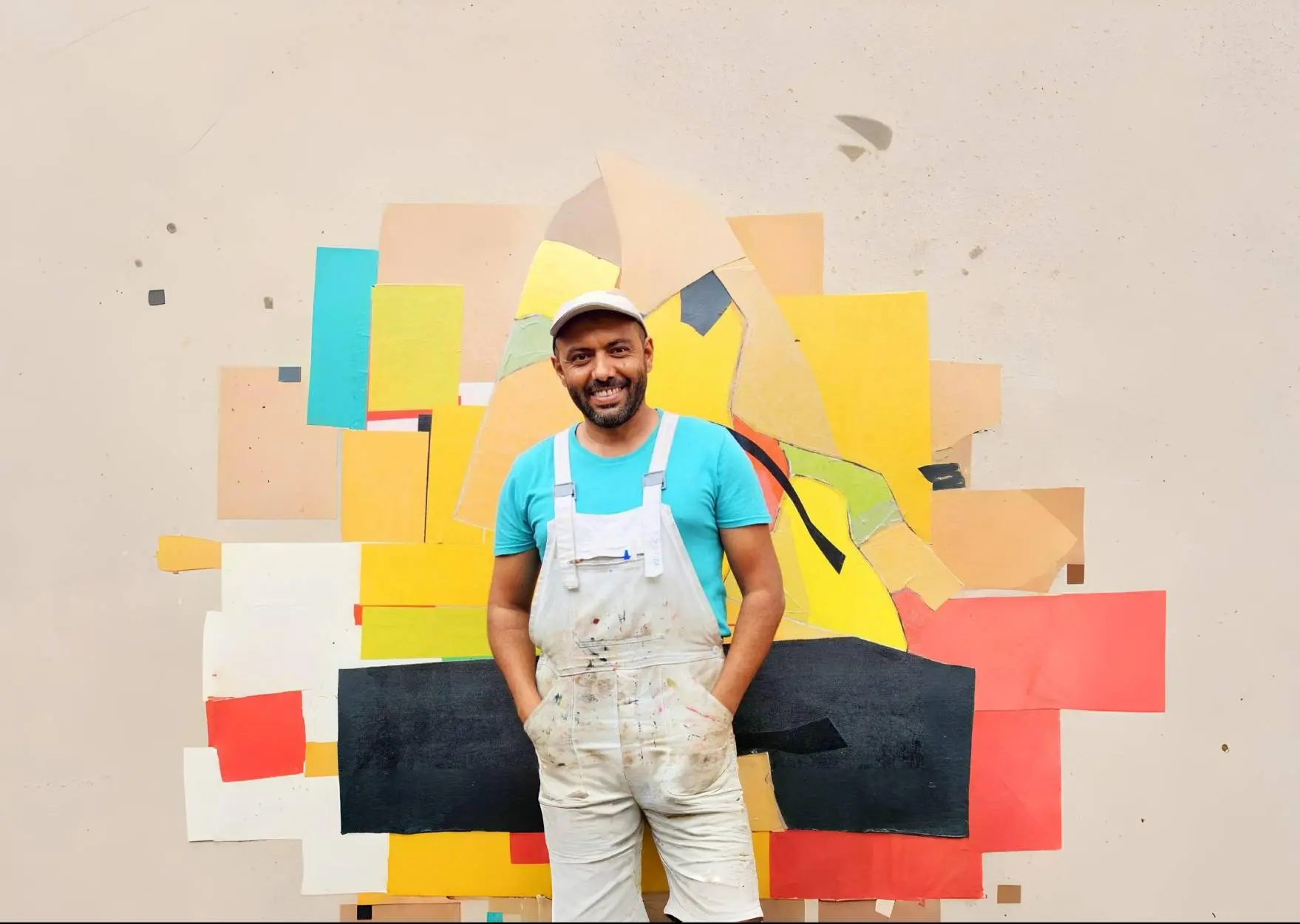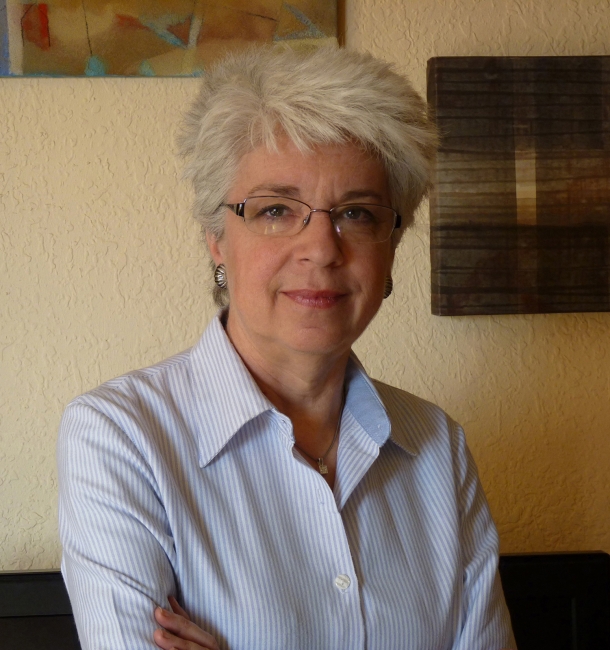

Dr. Raquel Medina de Vargas
El Bekay, symbols of identity
hirty years into Khalid El Bekay’s career as an artist, we now have enough perspective to look back on development and analyse his achievements and essential output resulting from three decades of rich experience. He was never an ordinary artist. Trained in Morocco, he moved to Barcelona in the early 1990s. There, his contact with the West and distance from his culture and family environment prompted him to try out different themes, including figurative works and portraits, which he rendered very simply, soberly and almost nostalgically. He studied engraving in Barcelona, a discipline that he has continued to cultivate. Moreover, whether due to financial need or his eagerness to blaze his own path regardless of what others were doing, he did not take up painting, but produced his artworks on paper, a cheap and ever-available material, usin git as he found it or painting it beforehand. Thus, surely unwittingly, he became a collage artist. Collage cannot be considered a subgenre of painting. The technique was highly valued by the surrealist movement and Picasso promoted its use in contemporary art, so it has its own history.
Though few artists have explored its specific aspects in depth and most only use it tangentially, it holds infinite possibilities. In El Bekay’s hands, it achieves its own identity and essence, though some critics have said that it is simply his way of painting.
The effect is certainly very similar to that found in pictorial works. Yet whereas painting understood in a broad sense has shown to be the inspiring source of even a large part of the most recent production in contemporary art, the specific aspects of papier collé helped El Bekay to create a particular language in the mid-1990s that he achieved with superimposed layers of paper always torn with his own hands.
Tremendously effective in its rotund and sensual visuality, it employs a voluptuous colour scheme that stands in stark contrast to the silver or gold backgrounds and above all to the use of black that not only outlines the shapes, but is repeated in some objects (aubergines, coffee, etc) and provides the ideal counterpoint for the most lustrous colour possible.
It would be impossible to ignore his Moroccan roots, of which he is proud and to which he remains faithful. His origins impose themselves on his memory and his work, an incredible imprint that serves as his perpetual source of inspiration, though one naturally detects a broad relationship with Western culture in his work. El Bekay’s themes reflect feelings rooted in his mind, a lexicon all its own transformed into expressive ritual. With that primitivism so dear to those who have reflected other cultures in their work, like Matisse and Gaughin, pears, aubergines, teapots and cups overlap or are juxtaposed with each other and sometimes cast shadows. All of them always arranged in an undefined space, they establish a syntax that forgoes the Rennaissance concept of space, perspective and shading that would bind it to a banal and undesired imitation of what is real. Thus, what is represented is resized and enlarged and a dialectical relationship is established between background and motif. These backgrounds often appear as surfaces covered with geometric wall tiles or textured with geometric wall tiles or textured with reliefs in the form of dripping movements that represent Imprecise arabesque calligraphies that seemingly symbolize the word, the tradition that becomes image through movement.
In fact, his objects do not represent any one thing, but the idea of that thing. Everything is actually based on his eagerness to convey the idea of the thing, of what is truly represents for him. Therefore, he must move away from imitating reality in order to transcend it, tapping into the essence of a thing and loading it with content, thereby turning its images into icons, symbols and even metaphors, such as pieces of fruit that express the endless generosity of the earth and tea or coffee cups as a metaphor for the friendly break in the day shared in East and West alike, a divergence and convergence of cultures and customs that form part of his personal universe. The choice of collage, which constructs an image with his tendency to fragment images so that it is up in his works. He uses this same concept in his polyptychs, pillar-shaped sculptures and murals. It is as if El Bekay did not want to represent “real” things in their entirety and only intended to approach them from a respectful distance.
He has undertaken new projects over time, such as his original and delicate assemblies of methacrylate, engraving plates, acetate and other components on wood supports in which forms are drawn with wire in a surprisingly sober and subtle pursuit of three-dimensionality, the tactile an admiring and respectful distance from croplands that provide the fruits of the earth.
Recently, we must highlight his trips to and time spent in China because of the impression they have made on his work. He never imagined that a fascination for China’s culture and landscapes and the interpretation of nature in Chinese art could mark him so deeply that he would express it by making highly significant changes to his own work. To writing that runs horizontally (whether Arabic, which reads from right to left or Western scripts, which read from left to right), he had added the verticality of Chinese writing transferred to his own graphology and to a new compositional structure dominated by that verticality in which fragmentation appears through impulsive cuts that segment the image with a nearly expressionist impetus.
He also uses bamboo sticks as an evocative and symbolic new component of his iconography. These are suggestive new horizons in the artist’s current and future work, which has always rested on solid foundations that match his experience, the demands he makes of himself and how he interprets life: in brief, everything that makes up his identity as an artist and as a human being.